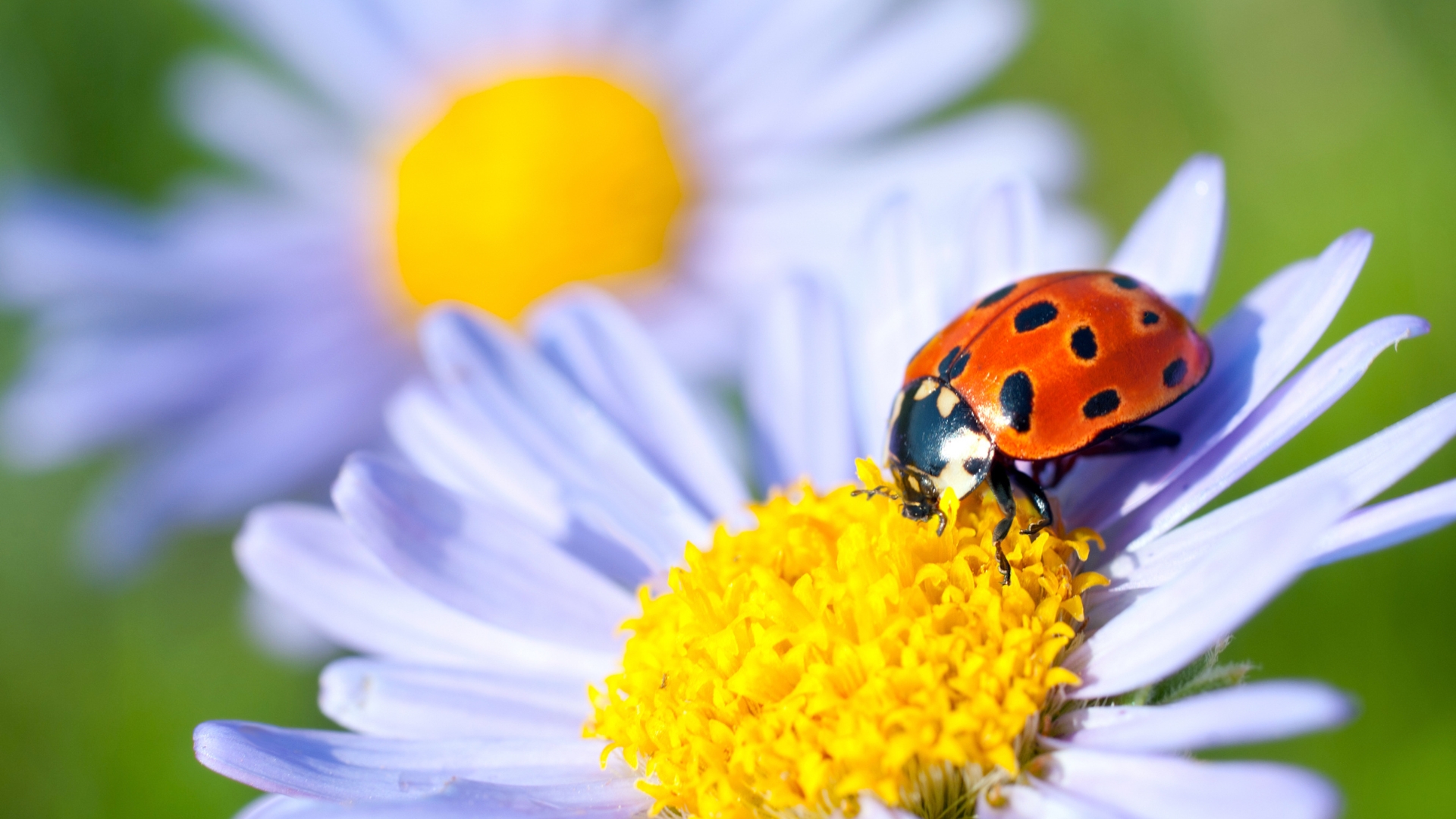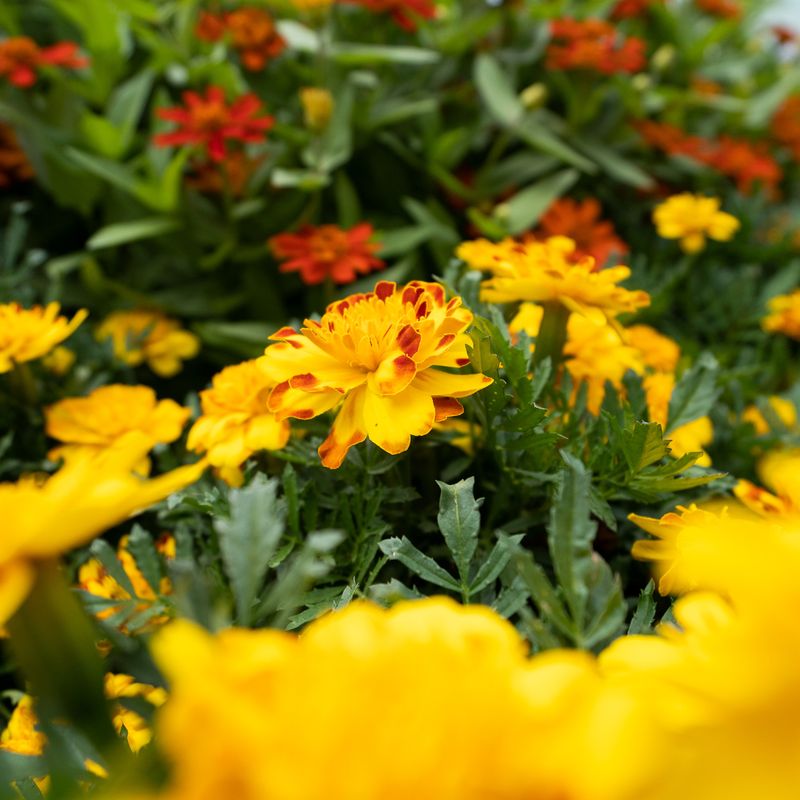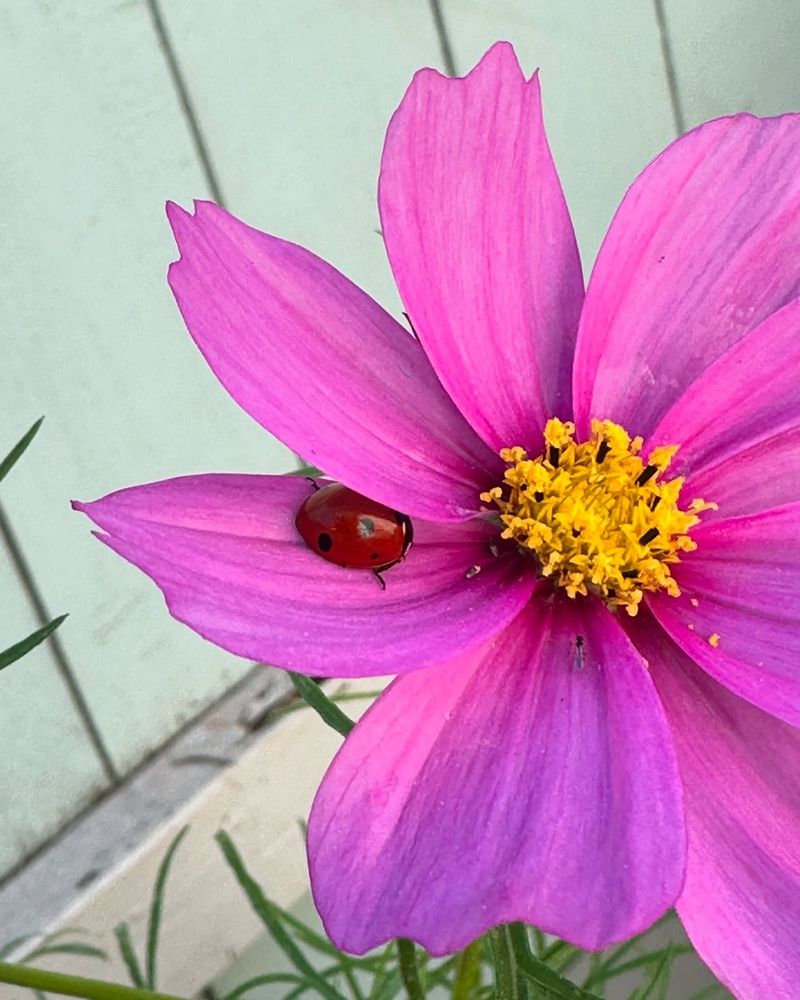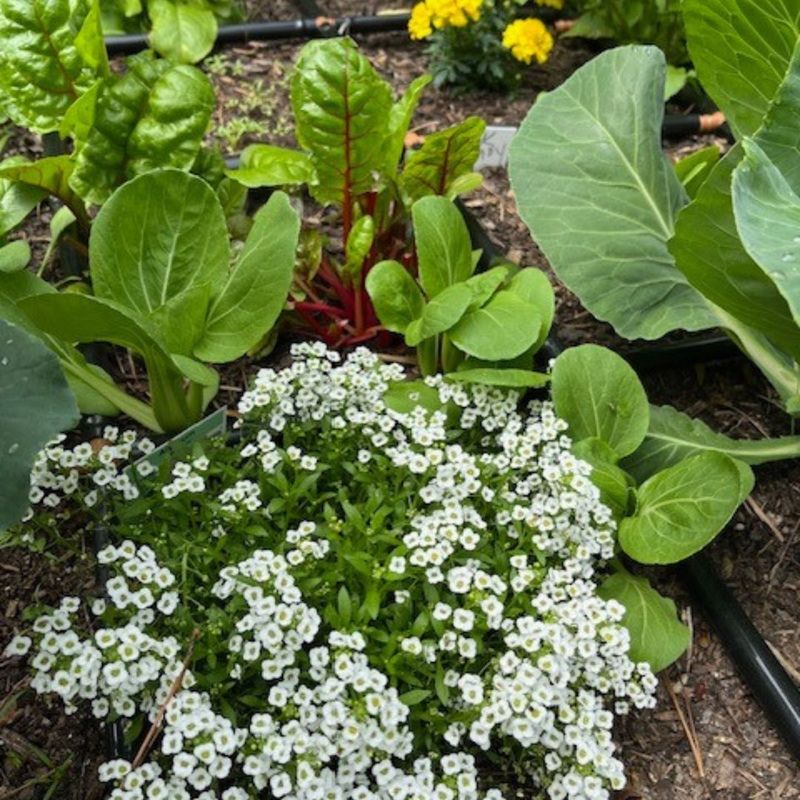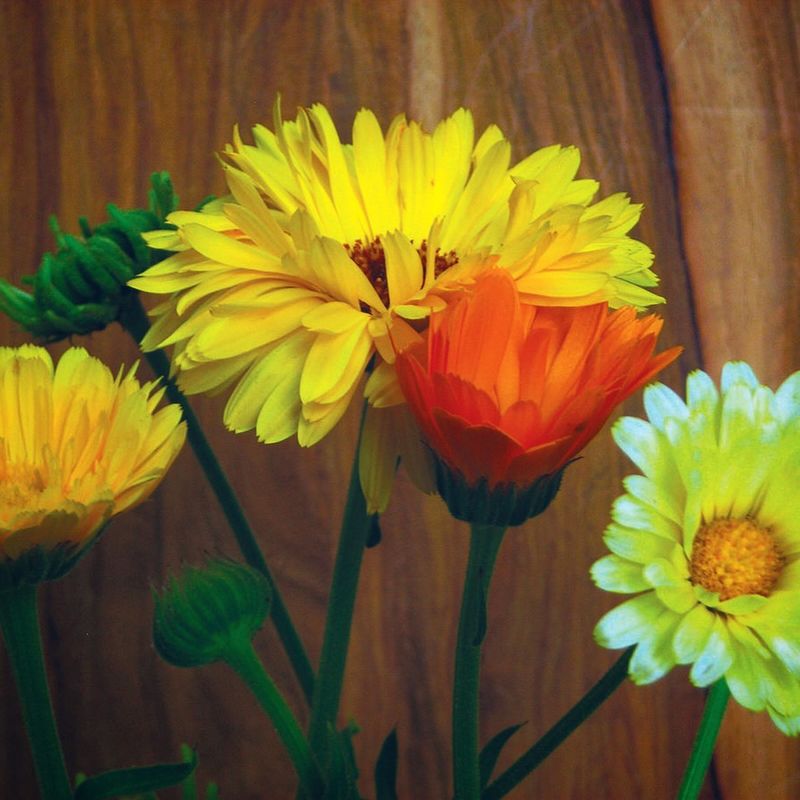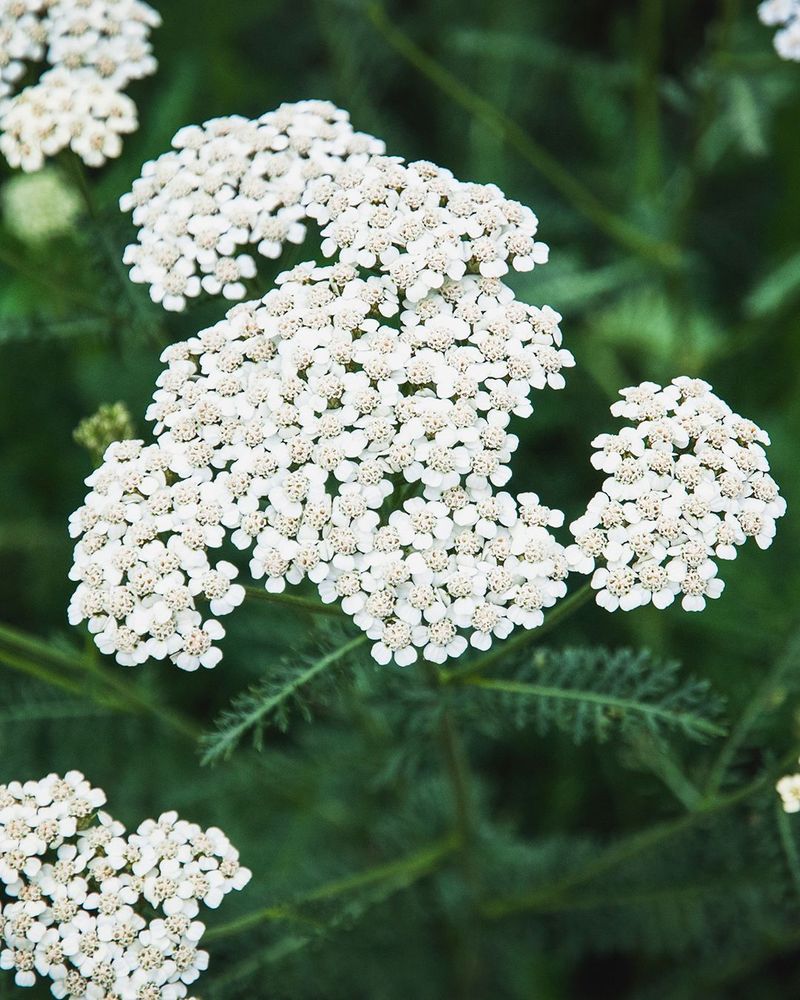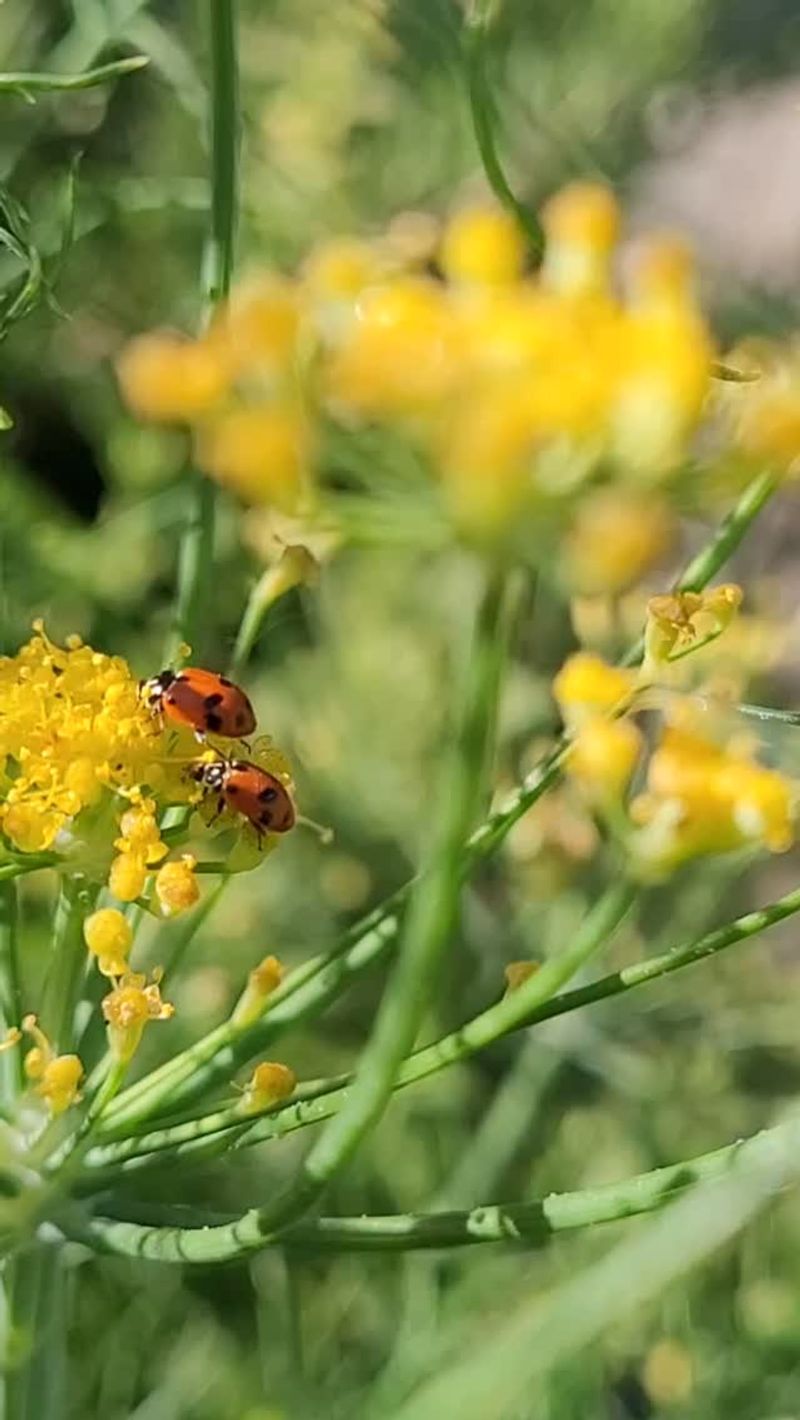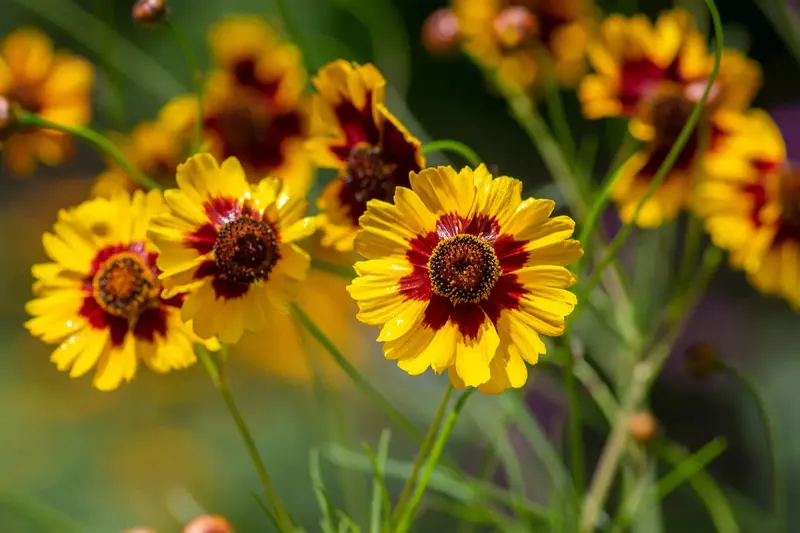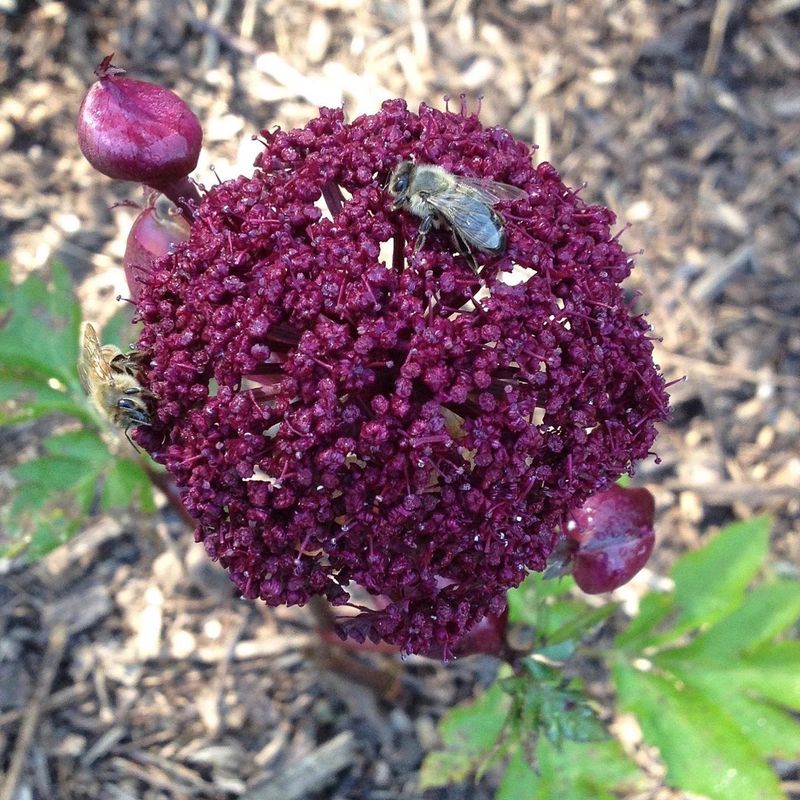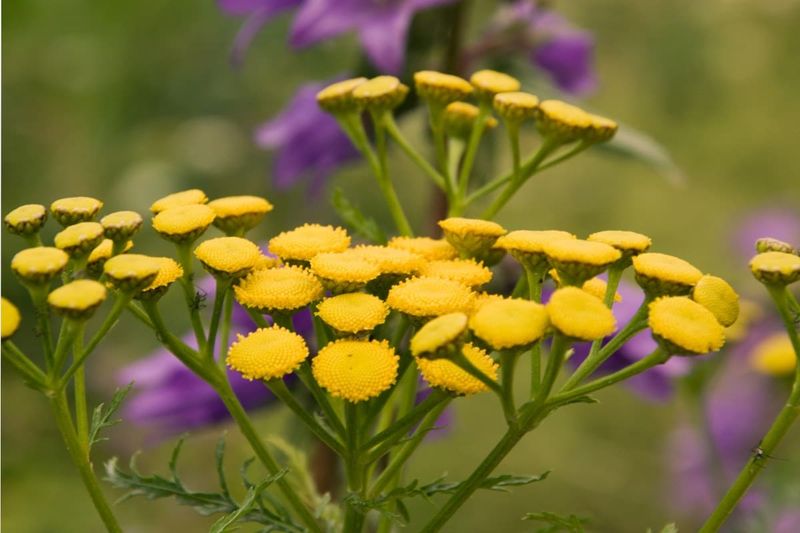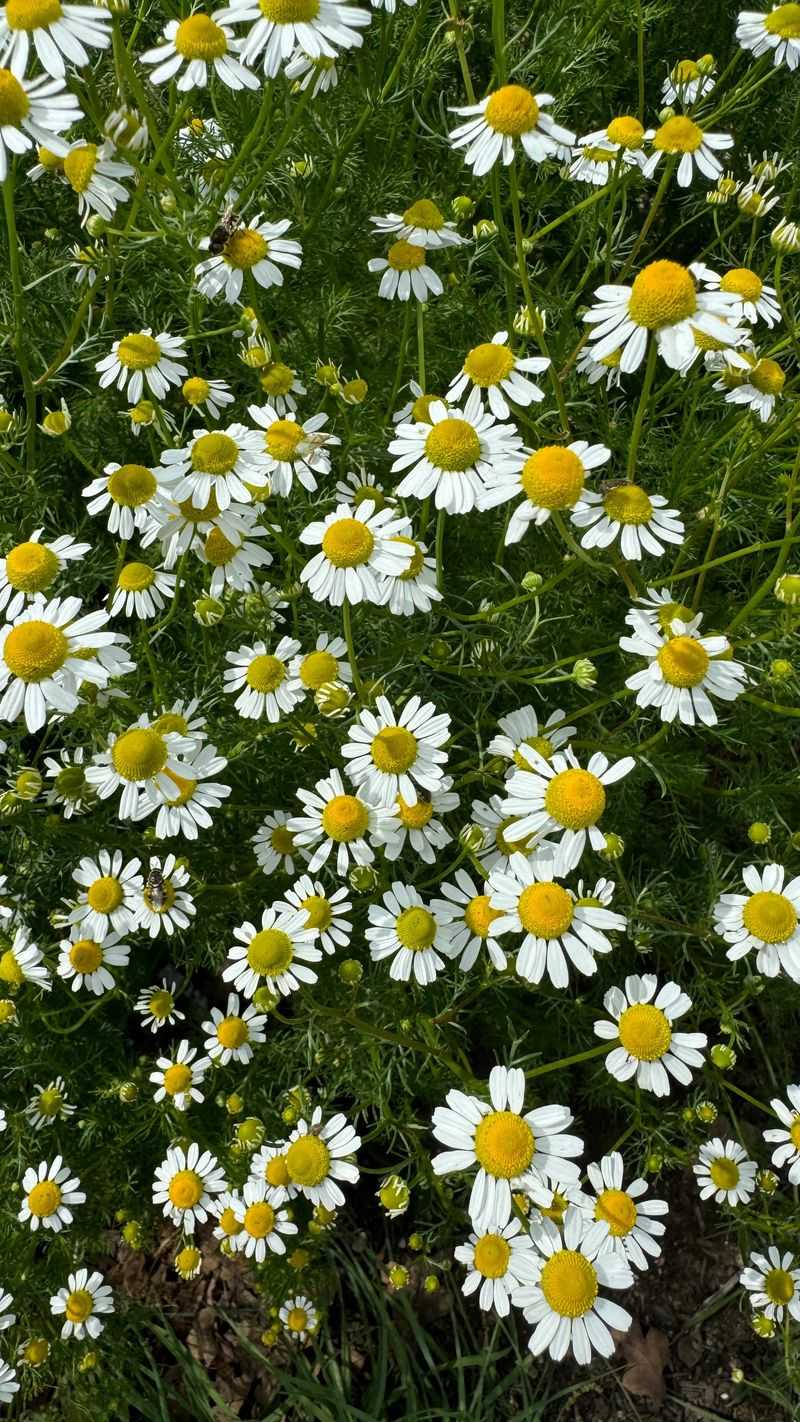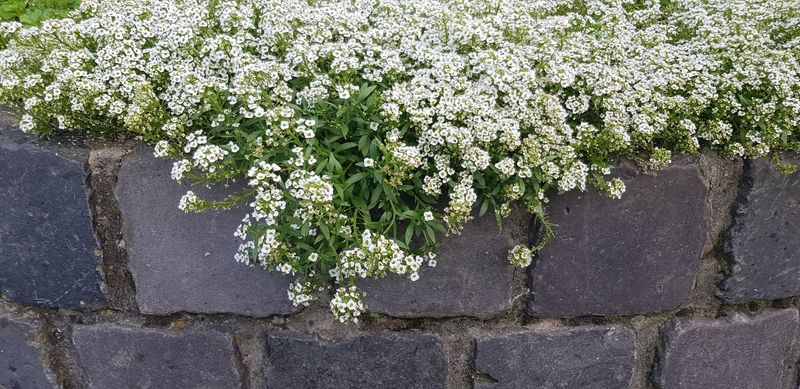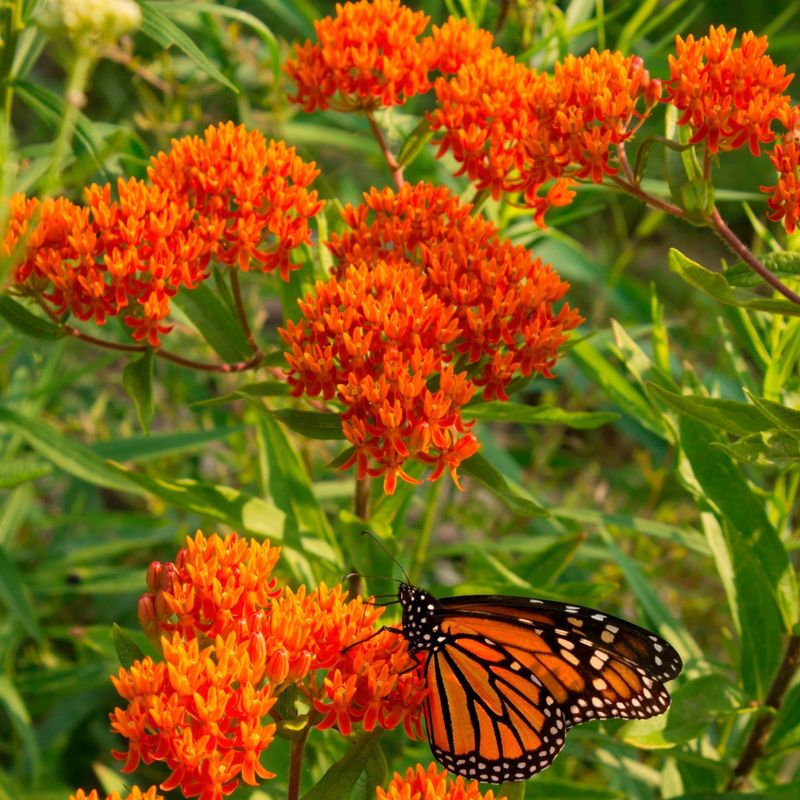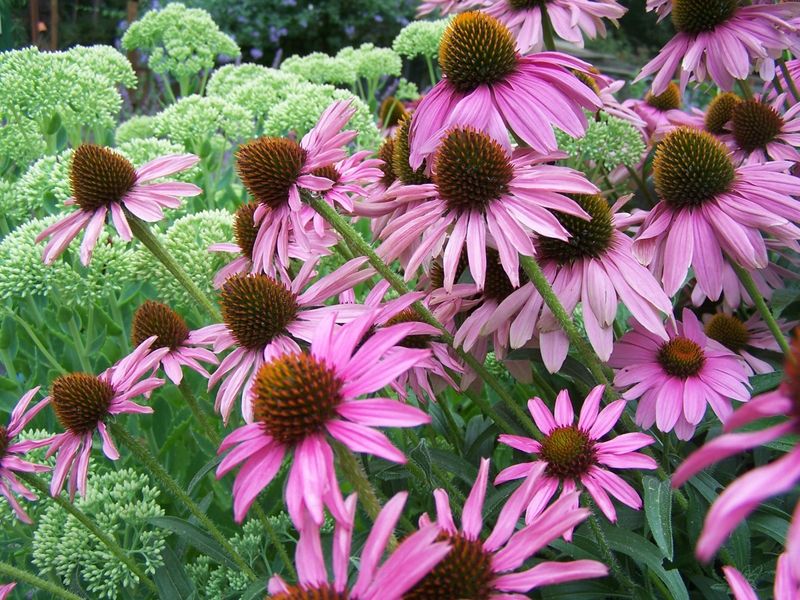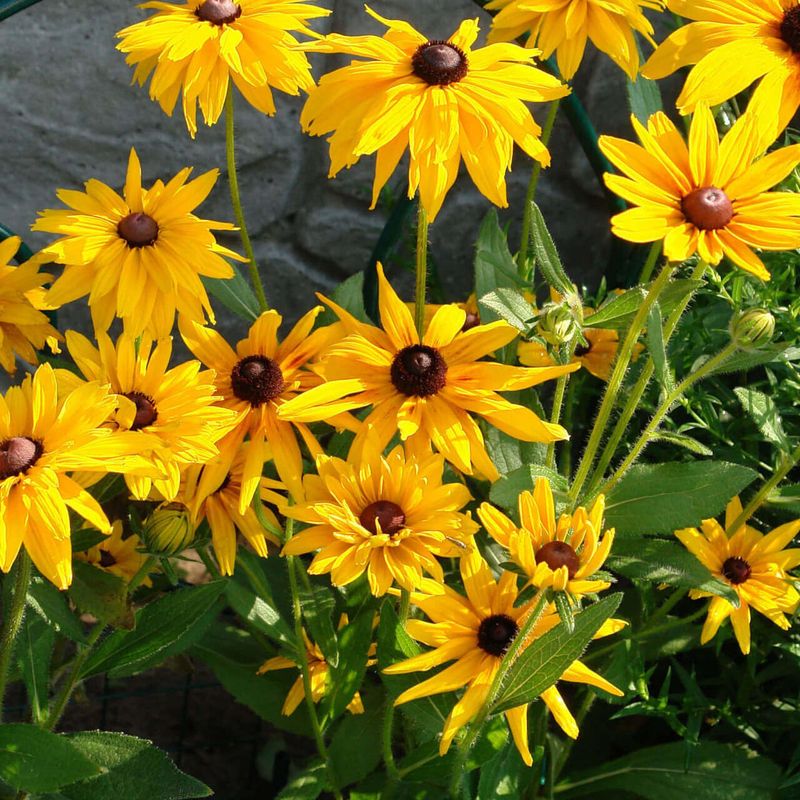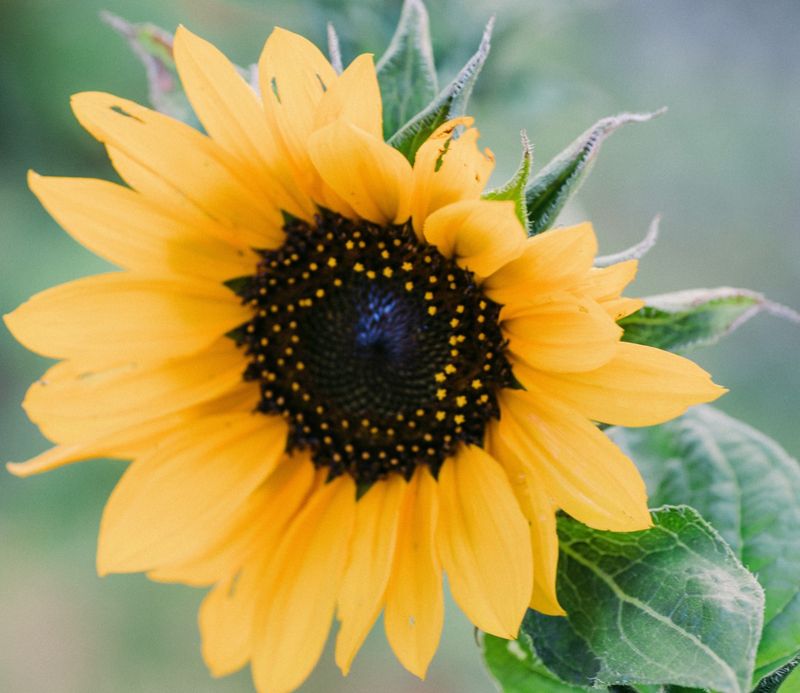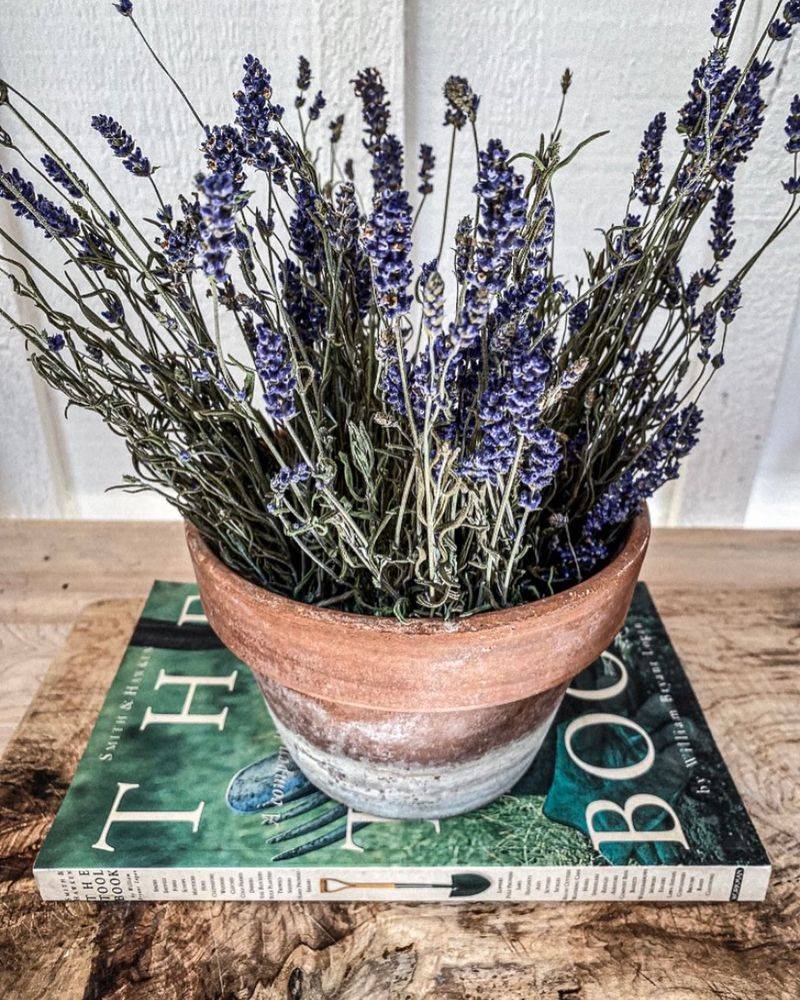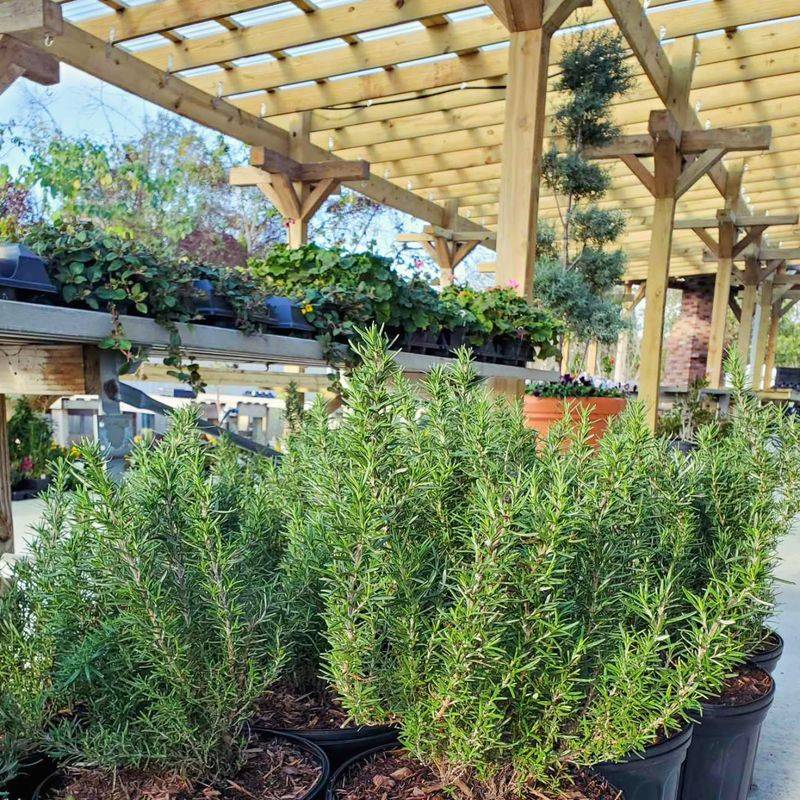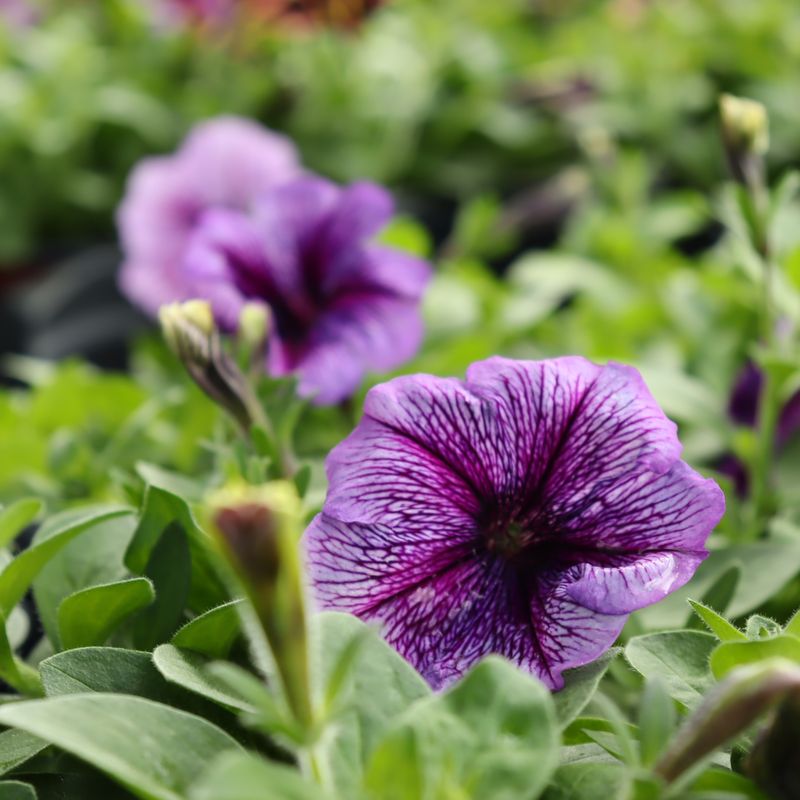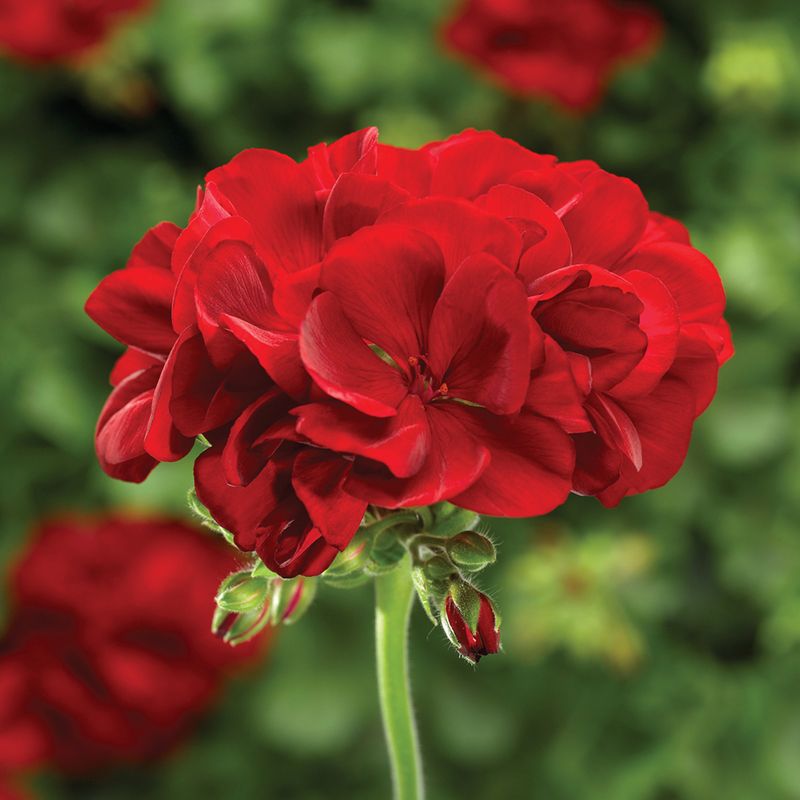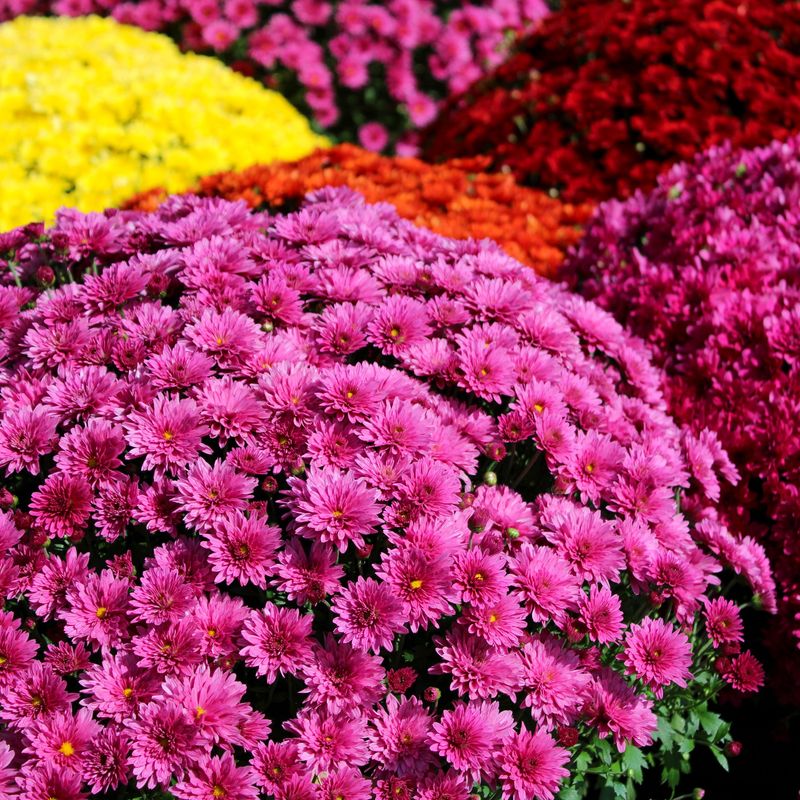Want to invite nature’s cutest pest control into your garden this year? Ladybugs aren’t just adorable—they’re fierce defenders against aphids, mites, and other garden nuisances. But to get these beneficial bugs to stick around, you need to grow the right plants. In this guide, we’re sharing 15 flowers to grow this spring that ladybugs can’t resist—and 5 that won’t do you any favors. Get ready to build a blooming paradise that’s buzzing with life (and ladybug love)!
1. Marigolds
Marigolds are a gardener’s delight, known for their vibrant orange and yellow blooms. Their rich nectar is irresistible to ladybugs, making them frequent visitors. These hardy flowers are easy to grow and require minimal care.
Plant them in sunny spots for best results. You’ll find that their distinct, peppery scent not only attracts ladybugs but also repels many garden pests.
Perfect for novice and experienced gardeners alike, marigolds add a sunny disposition to any garden space. Consider planting them in clusters for a dramatic effect.
2. Cosmos
With their delicate, daisy-like petals, cosmos flowers are a true vision of beauty. These tall, airy plants create an inviting environment for ladybugs, who feast on the pests found among their foliage.
Easy to grow, cosmos thrive in well-drained soil and full sunshine. Their long blooming season ensures your garden remains colorful and lively throughout spring.
Adding cosmos to your garden can create a whimsical, cottage-like feel, perfect for those looking to cultivate a harmonious ecosystem. Mix different color varieties for a captivating floral display.
3. Dill (flowering)
The feathery leaves and yellow flowering heads of dill make it a favorite among ladybugs. This aromatic herb not only enhances culinary dishes but also supports beneficial insects.
Dill thrives in full sun and well-drained soil, providing a fragrant and lush addition to the garden. As it flowers, it becomes a hub for ladybugs, who help keep aphid populations in check.
Growing dill is straightforward, and its cheerful yellow blooms add a splash of color to any herb garden. It’s a win-win plant that attracts natural predators.
4. Calendula
Calendula, with its sunny orange blooms, brightens up any garden spot. Known also as pot marigold, this resilient flower attracts ladybugs with its rich nectar and pollen.
Easy to grow, calendula prefers cooler weather and can tolerate light frost. It’s an ideal addition to flower beds or pots and offers a long blooming period.
Besides inviting ladybugs, calendula is also a popular choice for natural skincare remedies. Its cheerful appearance and practicality make it a cherished choice for attracting beneficial insects.
5. Yarrow
Yarrow’s distinctive flat-topped clusters of tiny flowers are a magnet for ladybugs. These hardy perennials can thrive in a variety of conditions, from full sun to partial shade.
Yarrow is drought-tolerant and requires little maintenance, making it a great choice for busy gardeners. Its aromatic leaves and colorful blooms add texture to garden borders.
As ladybugs frequent yarrow, they help keep unwanted garden pests at bay. This plant not only supports beneficial insects but also adds a touch of wild beauty to your outdoor space.
6. Fennel (flowering)
Fennel’s feathery leaves and towering flower umbels make it a captivating addition to any garden. Ladybugs are drawn to its aromatic foliage, which hosts aphids and other pests they love to eat.
Fennel prefers full sun and well-drained soil, thriving in both herb gardens and ornamental borders. Its yellow flowers add height and interest to garden displays, creating a natural habitat for beneficial insects.
Not only does fennel attract ladybugs, but it also enhances the flavor of various culinary dishes. A perfect multi-purpose plant!
7. Coreopsis
Often called tickseed, Coreopsis offers sunny yellow flowers that appeal to both gardeners and ladybugs alike. These perennials thrive in full sun and are resistant to drought, providing blooms from spring through summer.
Their nectar-rich flowers attract ladybugs, who feast on nearby pests. Planting coreopsis can create a vibrant, low-maintenance garden that supports a healthy ecosystem.
The cheerful blooms are perfect for garden borders or wildflower meadows. With minimal care, coreopsis adds both beauty and practicality to your outdoor space.
8. Angelica
With its towering stems and large, umbrella-like flowers, Angelica is a haven for ladybugs. This biennial plant thrives in partial shade and moist soil, offering a striking architectural presence in the garden.
Its aromatic blossoms and foliage attract ladybugs, who help manage pest populations. Angelica’s bold form and delicate flowers make it a standout choice for gardeners seeking to create an inviting habitat for beneficial insects.
Additionally, its historical use in herbal remedies adds an intriguing element to its charm.
9. Tansy
Tansy, with its button-like, yellow blooms, is a tough perennial that attracts ladybugs in droves. Known for its bug-repelling properties, tansy is often planted to deter pests naturally.
It thrives in full sun and well-drained soil, requiring little maintenance. Ladybugs are drawn to its vibrant flowers, which serve as hunting grounds for aphids.
Tansy can add a splash of color to garden borders, and its unique fragrance adds an extra sensory dimension. Its dual role as a pest deterrent and ladybug magnet makes it a useful addition.
10. Chamomile
Chamomile’s small, daisy-like flowers are not just for soothing teas. These charming blooms attract ladybugs, who enjoy the nectar and help control pests. Chamomile thrives in well-drained soil and full to partial sun, making it easy to grow in most gardens.
Its gentle fragrance and calming presence make it a delightful addition to any garden space. Besides inviting ladybugs, chamomile flowers can be harvested for homemade remedies.
Their simple elegance and utility make them a favorite among garden enthusiasts seeking natural solutions.
11. Sweet Alyssum
With its clusters of tiny, fragrant flowers, Sweet Alyssum is a charming ground cover that entices ladybugs. Thriving in full sun to partial shade, this low-growing plant adds a soft, delicate touch to garden beds and borders.
Its continuous blooms throughout the growing season provide a consistent source of nectar for ladybugs. Sweet alyssum’s honey-like scent not only attracts beneficial insects but also delights human senses.
It’s an excellent choice for those looking to add fragrance and function to their garden while supporting ladybug populations.
12. Butterfly Weed (Asclepias tuberosa)
Butterfly weed, with its striking orange blooms, is a magnet for both ladybugs and butterflies. This hardy perennial thrives in well-drained soil and full sun, making it a low-maintenance choice for attracting beneficial insects.
Ladybugs are drawn to its vibrant flowers, where they find abundant prey. In addition to supporting ladybugs, butterfly weed is an essential plant for monarch butterflies, adding ecological value to your garden.
Its fiery blooms and sturdy nature make it a standout choice for those looking to create a lively, insect-friendly environment.
13. Coneflowers (Echinacea)
Known for their vibrant purple petals and prominent centers, Coneflowers are a beacon for ladybugs. These hardy perennials thrive in sunny garden spots and can withstand drought, providing long-lasting blooms.
Ladybugs are attracted to their nectar and the abundance of pests found in their foliage. Coneflowers are not only beneficial to ladybugs but also add a bold splash of color to garden borders.
With their resilience and striking appearance, they’re a must-have for gardeners looking to support beneficial insects while enhancing visual appeal.
14. Black-eyed Susans (Rudbeckia)
Black-eyed Susans, with their bright yellow petals and dark centers, are a classic choice for attracting ladybugs. These cheerful perennials thrive in sunny locations and require minimal care, offering blooms from summer into fall.
Ladybugs frequent them for their nectar and the pests found on their leaves. This plant not only supports beneficial insects but also adds a sunny, welcoming vibe to any garden space.
Black-eyed Susans are perfect for mass plantings or mixed borders, providing a lively and colorful backdrop for ladybug activity.
15. Sunflowers
Sunflowers, with their towering stems and large, sunny blooms, create a lively habitat for ladybugs. Known for their cheerful appearance, sunflowers thrive in full sun and are easy to grow.
Ladybugs are drawn to the pests found on their leaves, making sunflowers a practical addition to the garden. Besides attracting beneficial insects, sunflowers provide seeds for birds and add vertical interest to garden landscapes.
Their bright, happy presence makes them a favorite among both gardeners and nature enthusiasts seeking to support ladybug populations.
16. Lavender Won’t Attract Ladybugs (But Smells Divine Anyway!)
Lavender, though beloved for its calming fragrance and beautiful purple blooms, isn’t a favorite for ladybugs. The reason lies in its strong essential oils, which act as natural insect repellents.
These oils deter many pests, which might sound like a win for gardeners—but for ladybugs, it means there’s little to no food source around.
Since ladybugs are mainly attracted to areas with soft-bodied pests like aphids, a pest-free zone like a lavender patch offers them no reason to hang around. Without the lure of prey or appealing nectar, lavender simply doesn’t make it onto a ladybug’s list of preferred plants.
17. Avoid Rosemary If You’re Hoping for Ladybug Visitors
While rosemary is a popular herb for its aromatic leaves and culinary uses, it’s not a favorite for ladybugs. This hardy plant thrives in sunny spots with well-drained soil, offering a robust and fragrant addition to gardens.
However, ladybugs find its strong scent unappealing and tend to avoid it. Those looking to attract ladybugs might consider planting other herbs or flowers alongside rosemary. Despite its lack of appeal to ladybugs, rosemary remains a versatile and resilient choice for herb gardens, adding both flavor and fragrance.
18. Petunias Are Pretty, But Not a Ladybug Magnet
Petunias, with their wide array of colors and cascading blooms, are a favorite among gardeners for their visual appeal. However, ladybugs tend to overlook these flowers, as they don’t offer the same attractions as other plants.
Petunias thrive in sunny locations and are easy to grow, providing a long season of vibrant blooms. While they may not be a go-to for ladybugs, they still add color and charm to hanging baskets and garden beds.
Gardeners seeking ladybugs might pair them with more suitable companions.
19. Geraniums Look Great, But Ladybugs Don’t Think So
Geraniums are celebrated for their bright, cheerful blooms and robust growth, making them a staple in many gardens. Despite their beauty, ladybugs rarely visit them, as they don’t provide the same benefits as other flowers.
Geraniums thrive in sunny conditions and require minimal care, producing vivid flowers from spring through fall. While they may not attract ladybugs, geraniums still offer visual appeal and versatility in garden design.
Gardeners aiming to draw ladybugs might consider complementing geraniums with more attractive plants.
20. Chrysanthemums Can Repel Pests and Ladybugs
Known for their vibrant flowers and pest-repelling properties, mums surprisingly deter ladybugs as well. These hardy perennials thrive in sunny spots and well-drained soil, offering a burst of color in autumn gardens.
While their scent repels certain pests, it can also discourage ladybugs, making them less ideal for those seeking to attract these insects.
Despite this, chrysanthemums remain a popular choice for their beauty and ability to brighten up garden spaces. Pairing them with more ladybug-friendly plants might balance aesthetics and insect presence.

